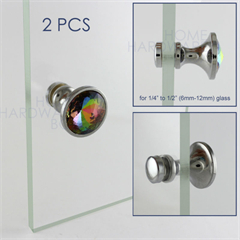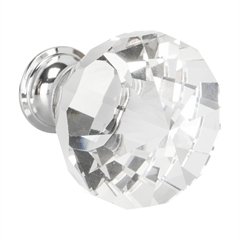The evolution of door handles spans centuries and is a testament to both functional necessity and design innovation. From simple mechanisms to intricate designs, door handles have evolved in response to cultural, technological, and architectural changes. Here’s a brief overview of their evolution:
- Ancient Times: Early door-opening mechanisms consisted of basic pivots, ropes, and bars. In ancient Egypt and Rome, doors often had simple knobs or handles made from wood, rope, or metal.
- Medieval and Renaissance Periods: As architecture became more sophisticated, door handles began to incorporate decorative elements. Ornate metalwork and carvings were introduced, reflecting the artistic styles of the times.
- 18th and 19th Centuries: The Industrial Revolution led to advancements in manufacturing techniques. Mass production allowed for a wider range of door handle designs to be created, from elaborate Victorian styles to sleek Art Deco designs.
- 20th Century: The 20th century brought about significant changes in materials and technology. Door handles started to incorporate materials like glass, plastic, and synthetic materials. Modernist and Bauhaus movements influenced sleek and functional handle designs.
- Late 20th Century to Present: With technological advancements, electronic and smart door handles emerged. Keyless entry systems, biometric sensors, and remote-controlled locks became part of the door handle landscape.
- Sustainable Design: More recently, eco-friendly materials and sustainable practices have influenced door handle design. Recycled materials and energy-efficient manufacturing processes are considered in creating handles.
- Architectural Integration: Contemporary door handle designs often focus on seamless integration with architectural styles. Minimalist designs, hidden handles, and handles that blend into the door’s surface are popular.
- Customization and Artistry: The evolution of 3D printing and advanced manufacturing techniques has enabled the creation of highly customized and artistic door handle designs. Handles are now viewed as art pieces that reflect personal style.
- Smart and IoT Integration: Today’s door handles often incorporate smart technology, allowing remote access and monitoring. Users can control their locks using smartphones, and handles can be integrated into home automation systems.
- Health and Hygiene Considerations: The COVID-19 pandemic has also influenced door handle design. Handles with antimicrobial coatings or touchless options have gained attention for their hygiene benefits.
The evolution of door handles reflects broader trends in design, technology, and societal values. Today, door handles aren’t just functional; they’re an integral part of interior and architectural design, often chosen to enhance the aesthetics and user experience of a space. From the ancient world to the present day, door handles continue to evolve, adapting to the needs and preferences of each era.








